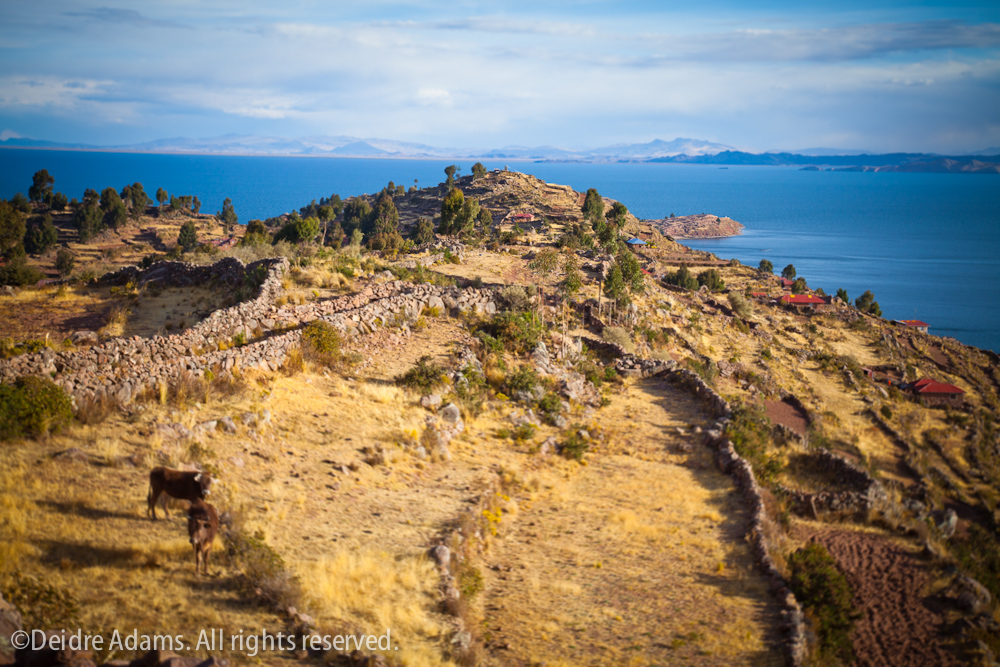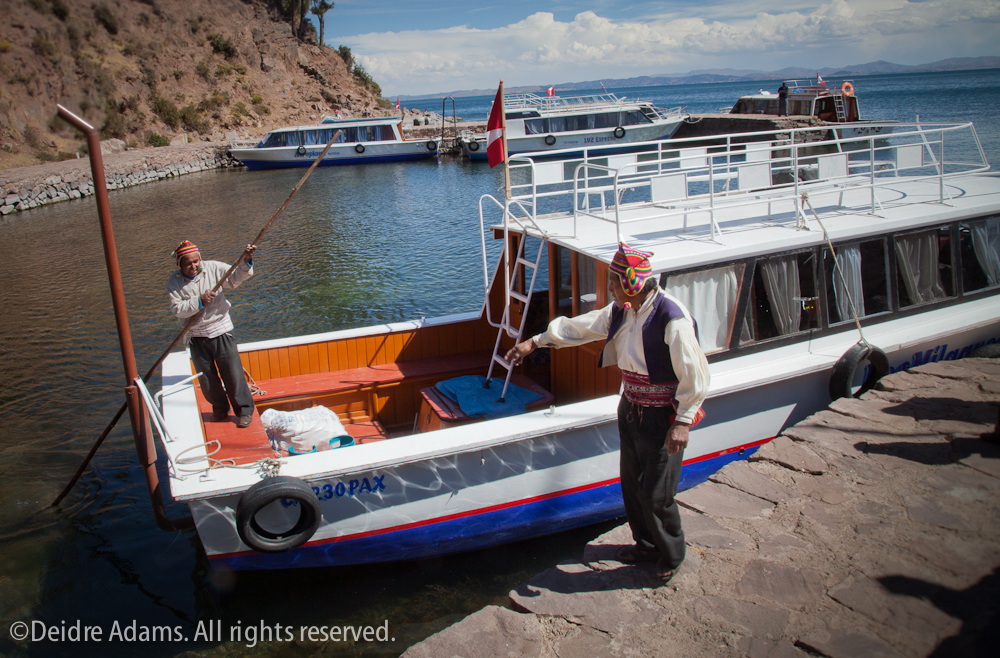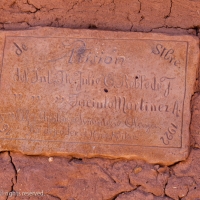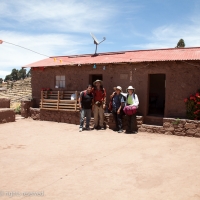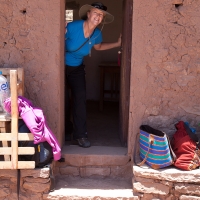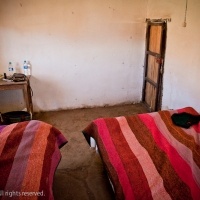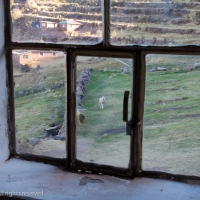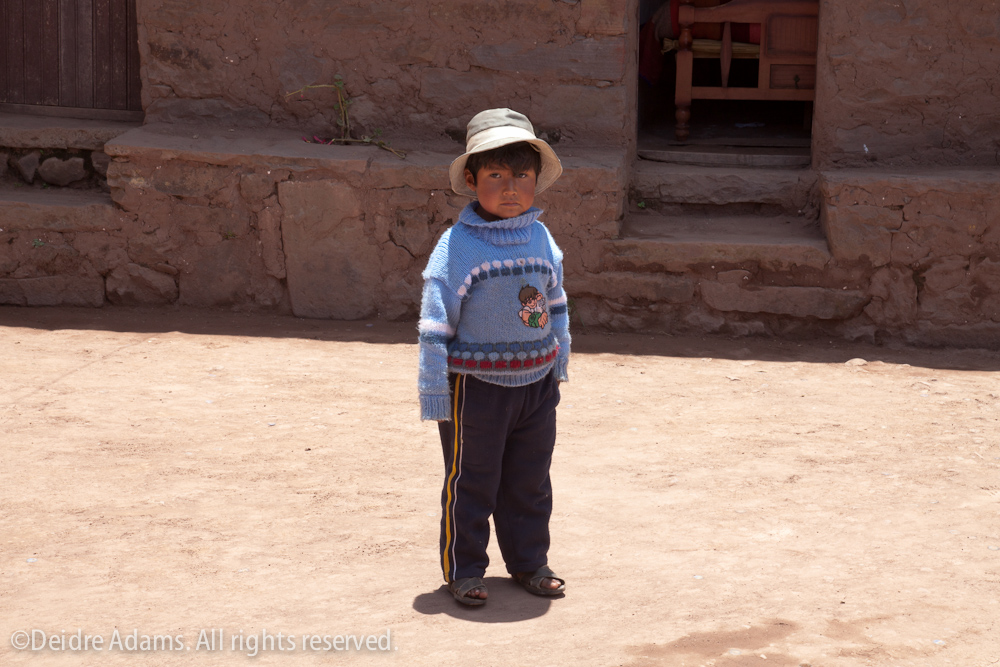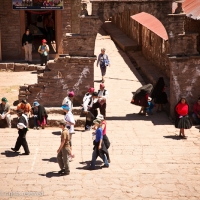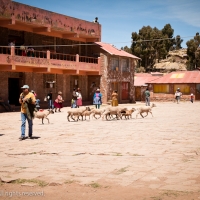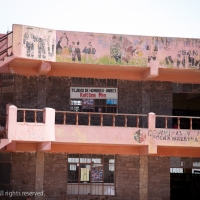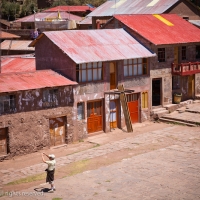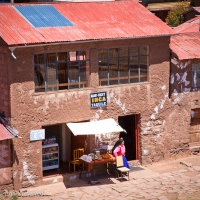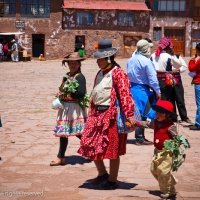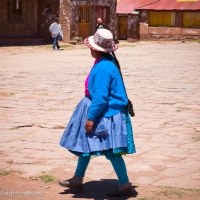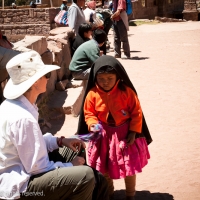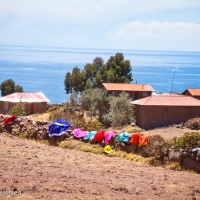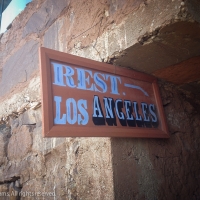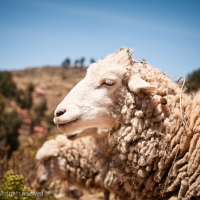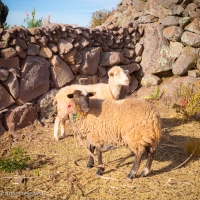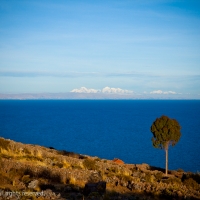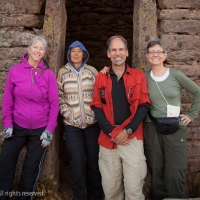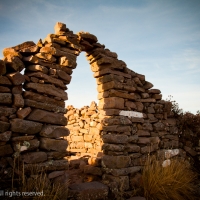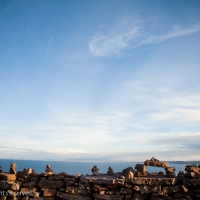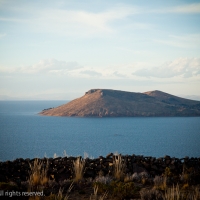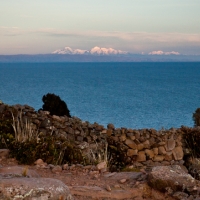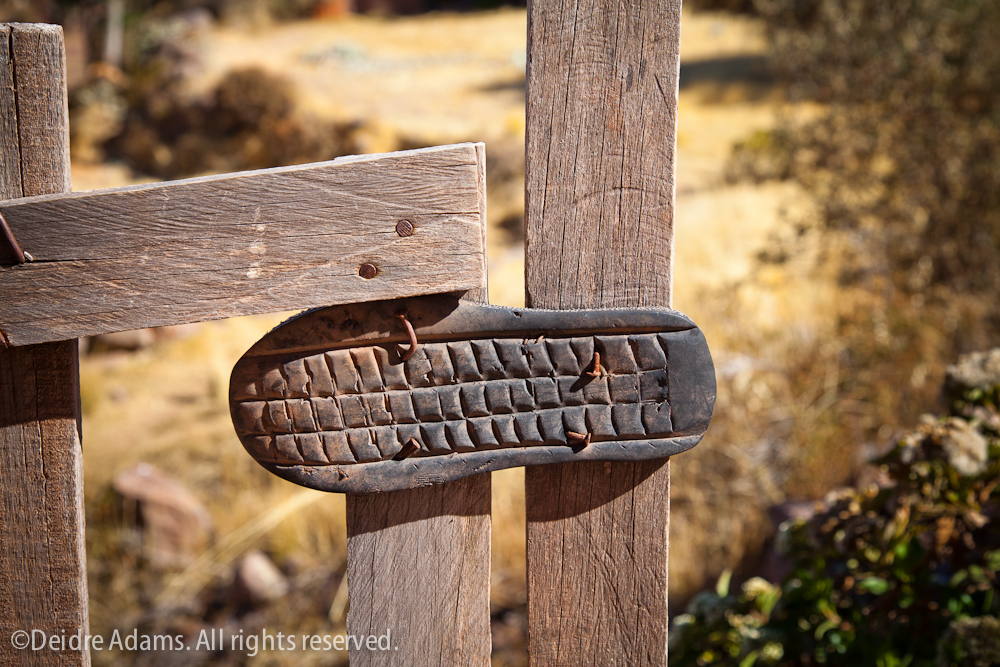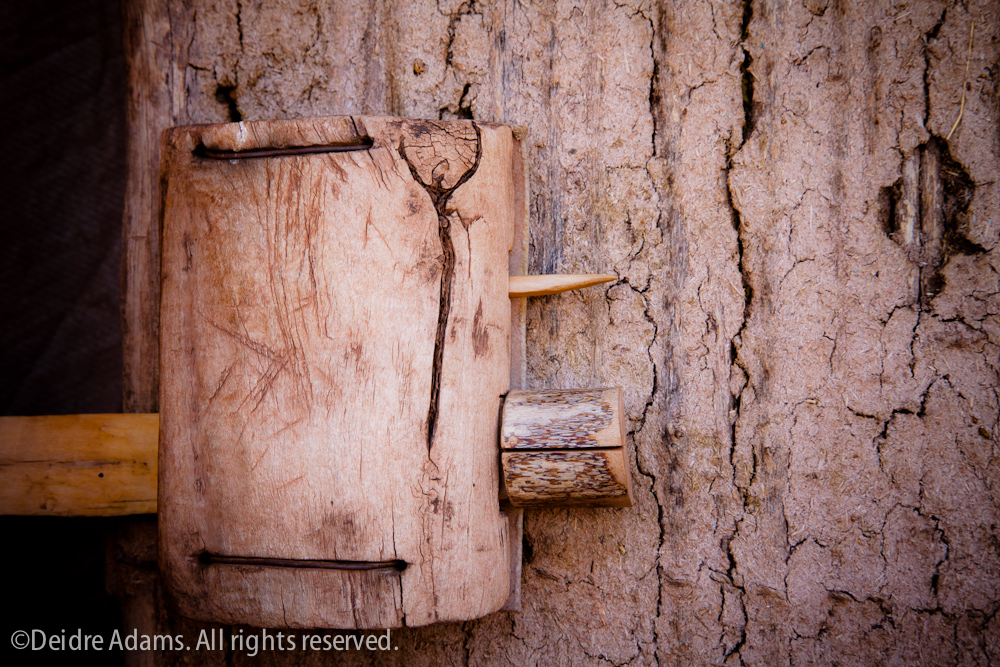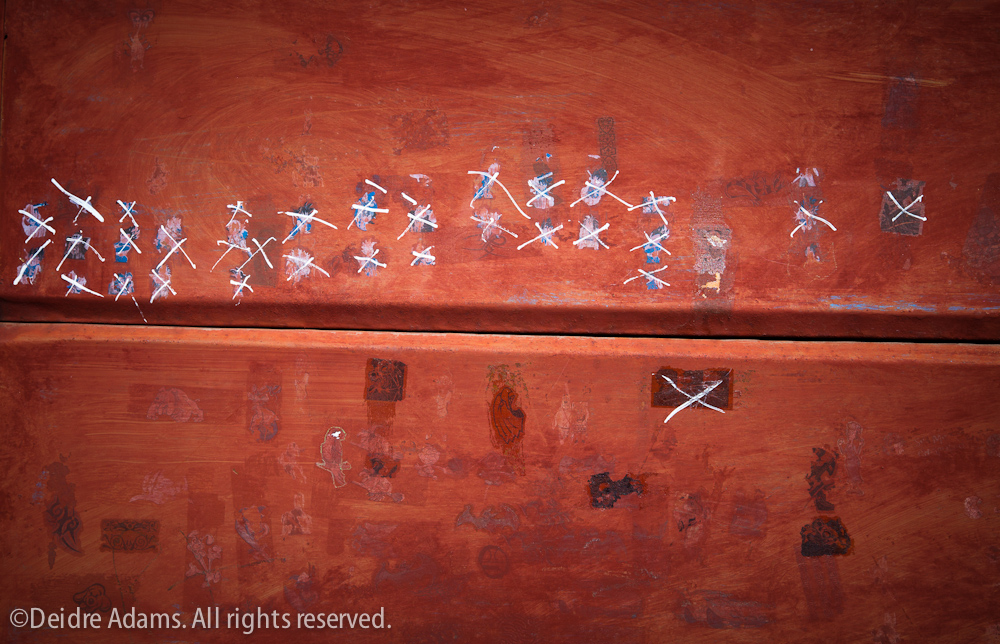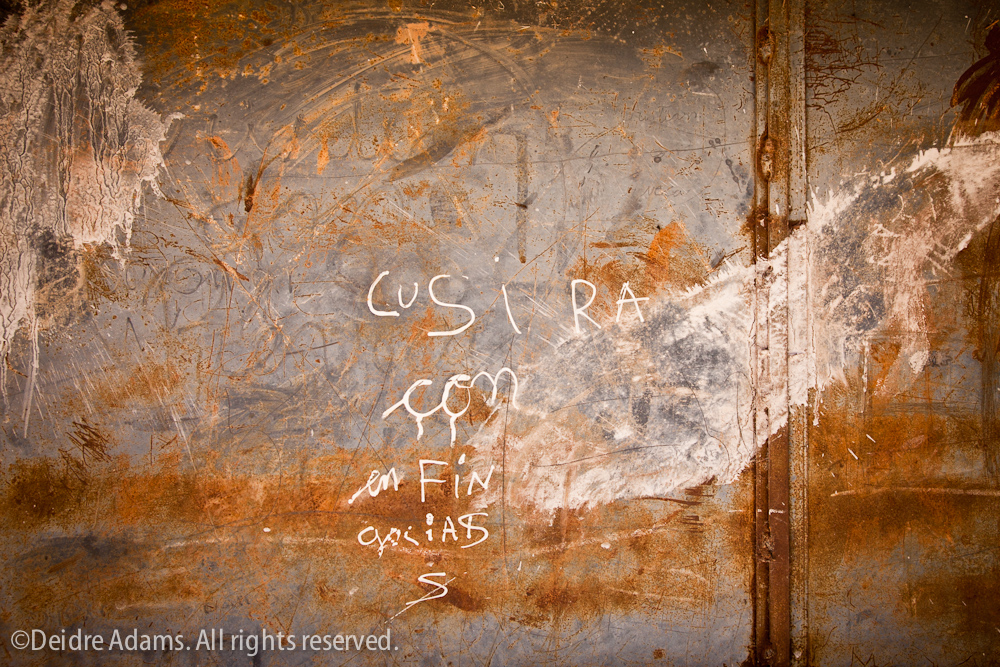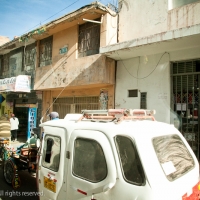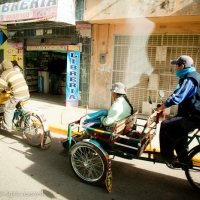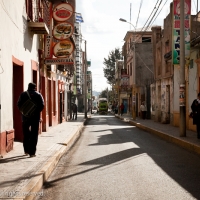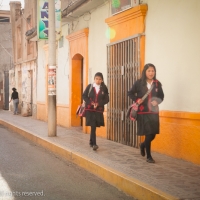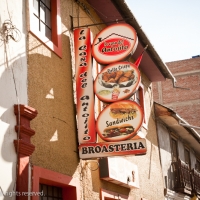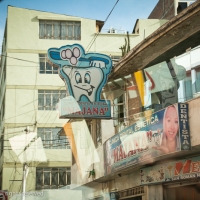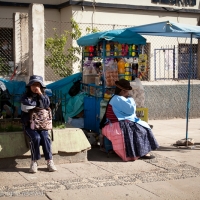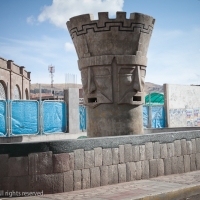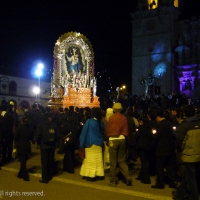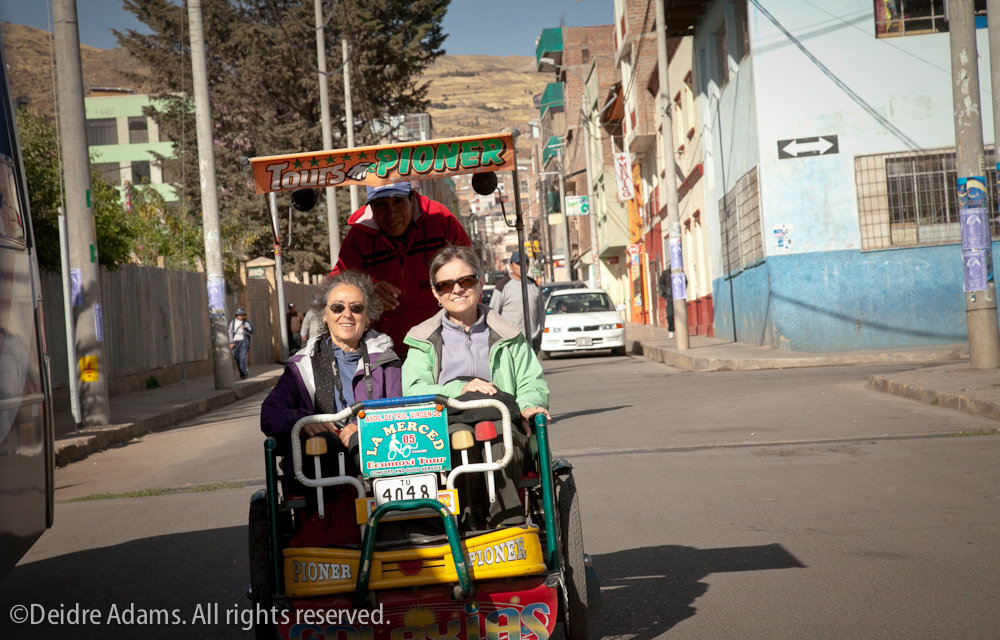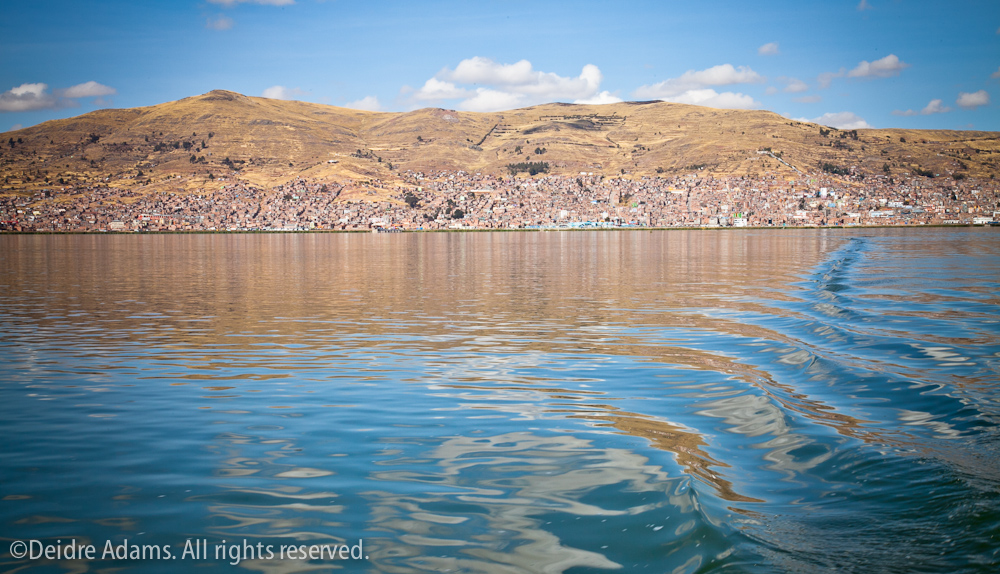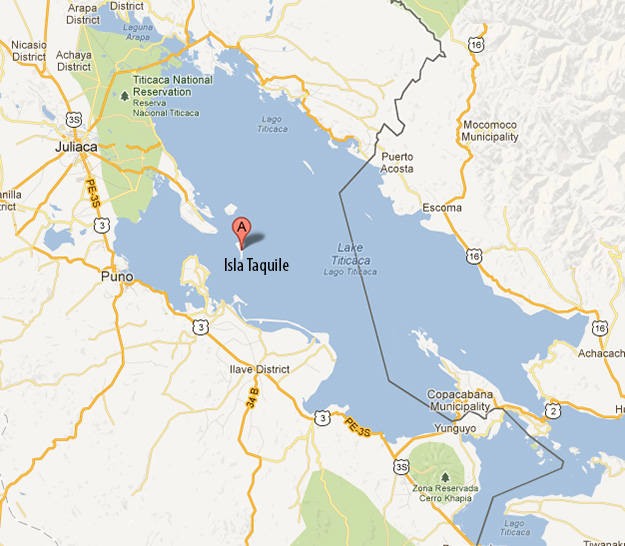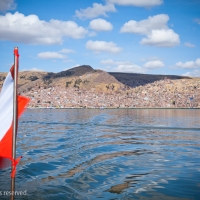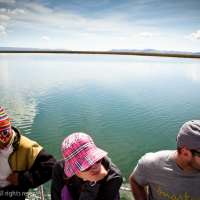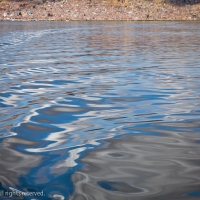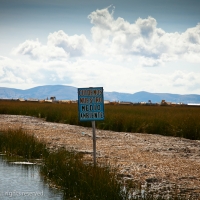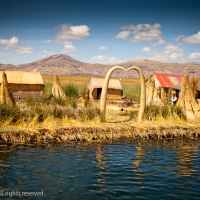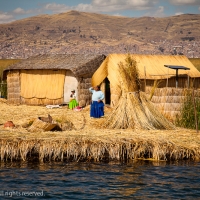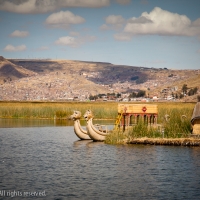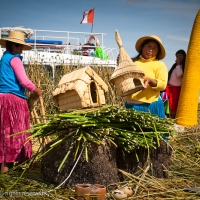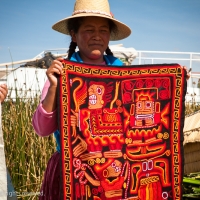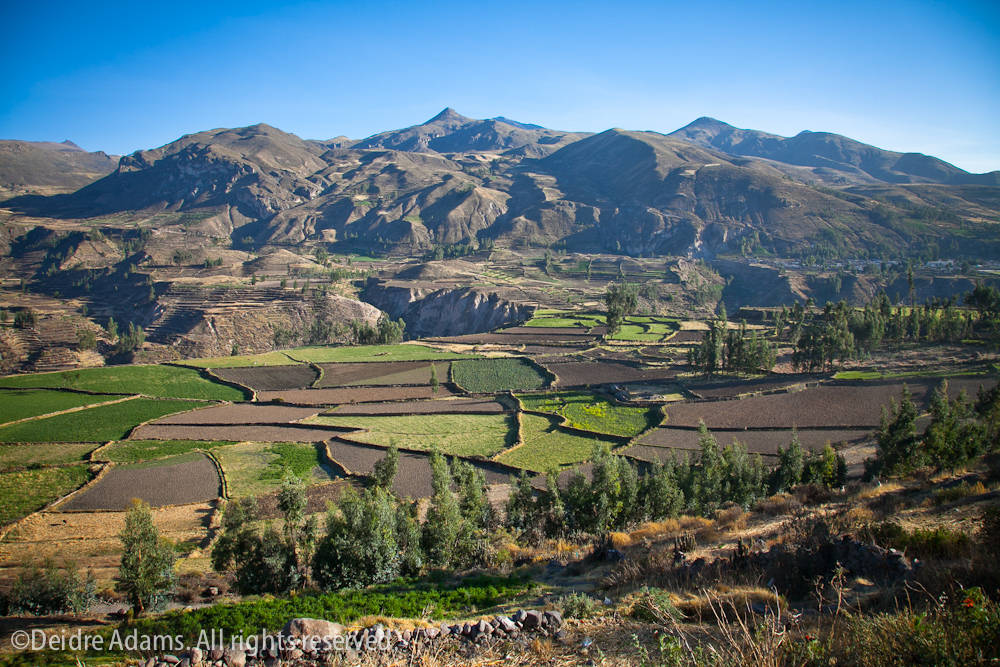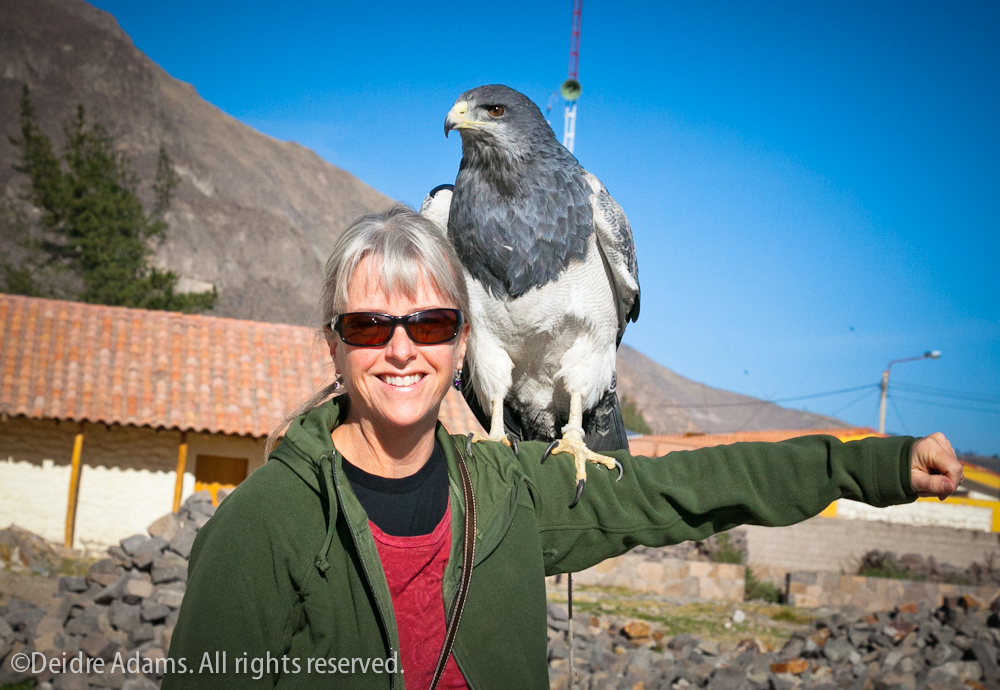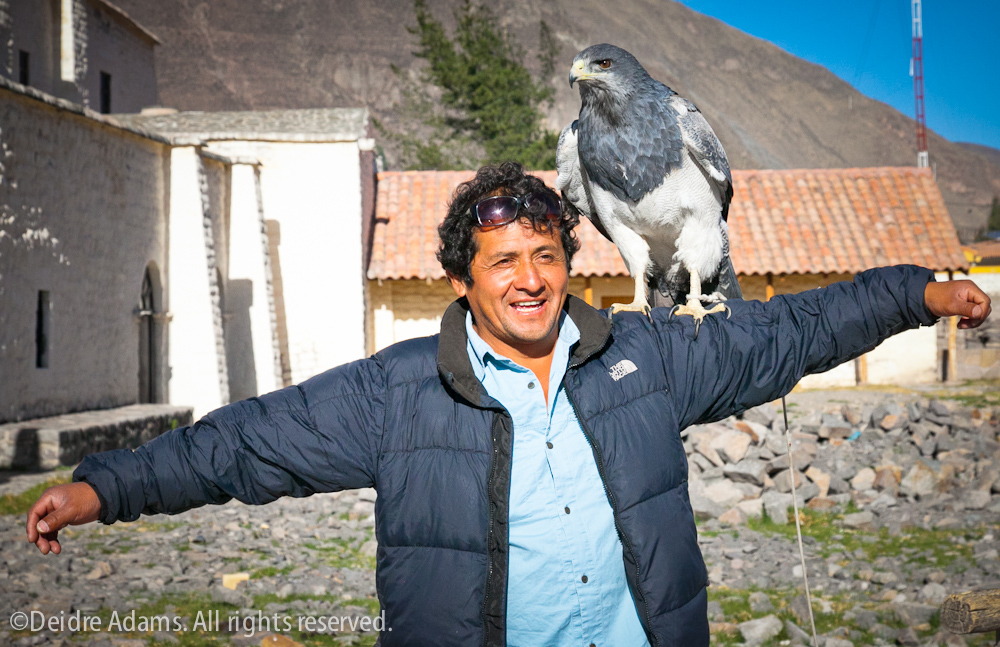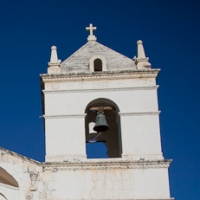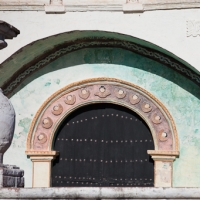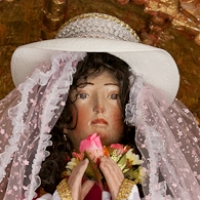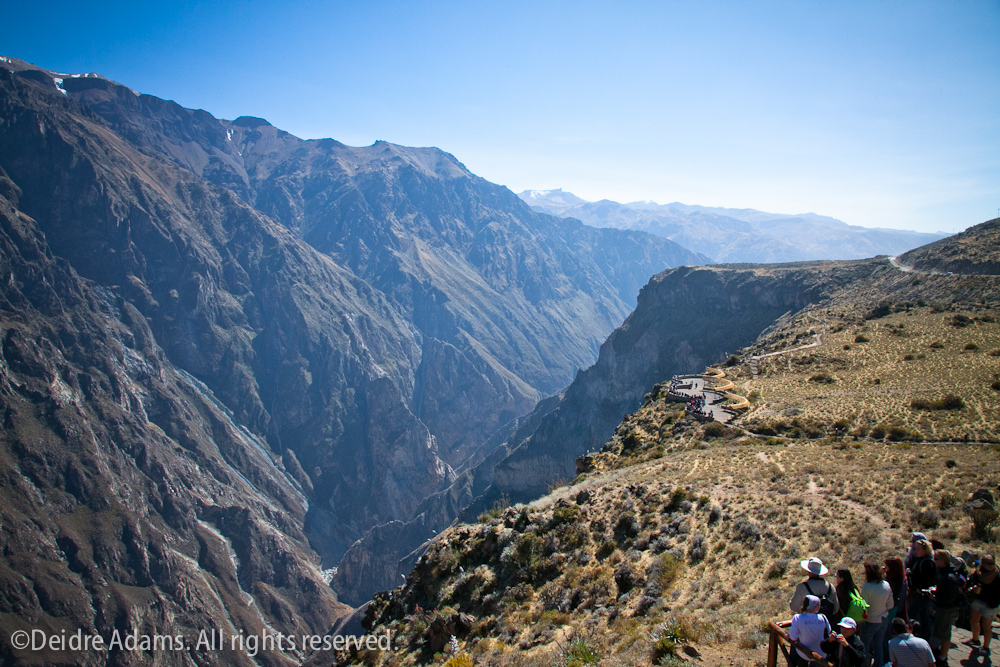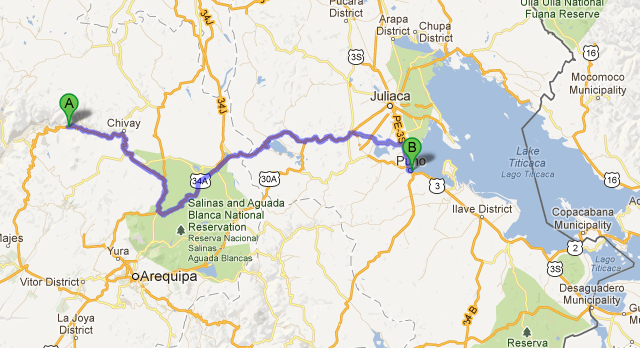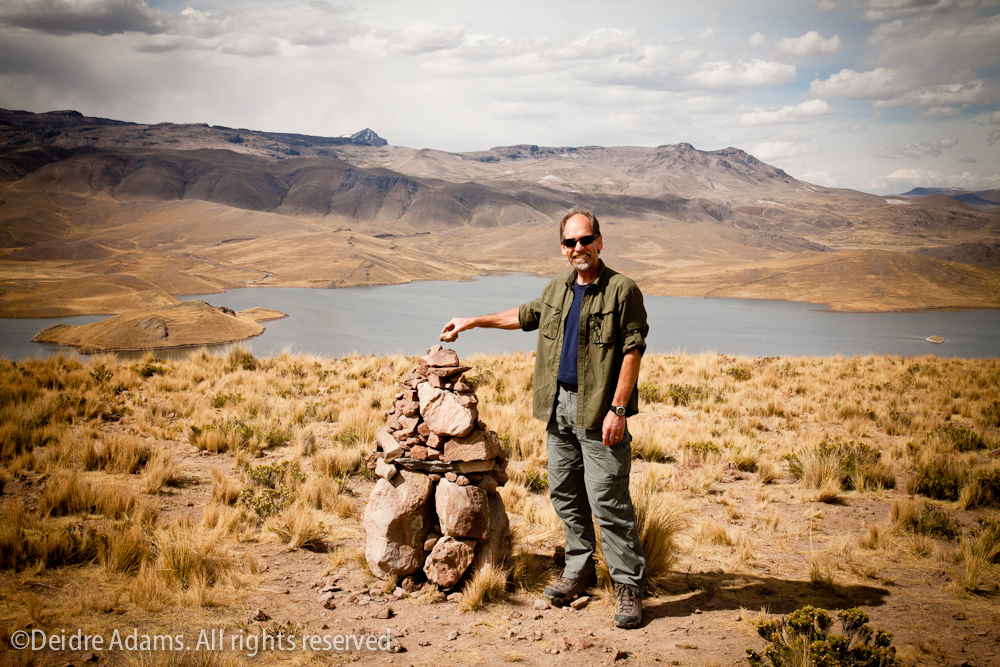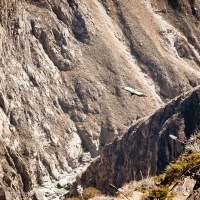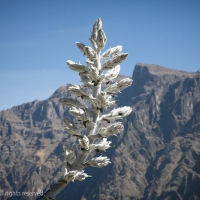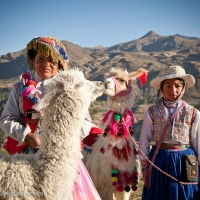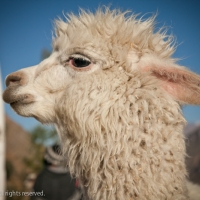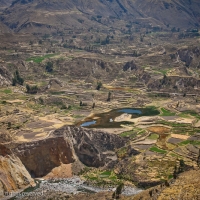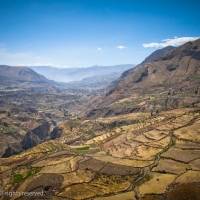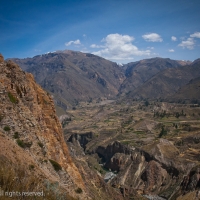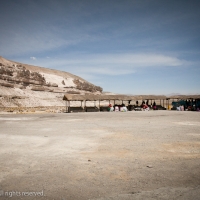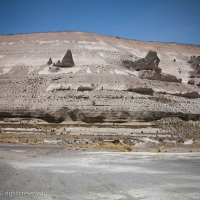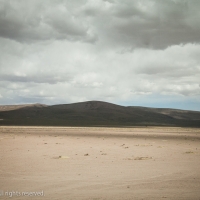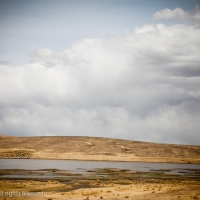Peru, Part 6 – Taquile
Our visit to Taquile Island was without a doubt one of the standout highlights of the trip. This small island has a population of about 2,200 people – fewer than our local high school. They are an indigenous people, marrying almost completely within the community, and the entire population shares nine surnames(1). Family and community are very important. The lifestyle is simple, consisting mostly of farming, with production of handmade textiles and tourism as sources of income. Most of the residents speak mainly Quechua, with Spanish being secondary. Electricity is somewhat of a luxury, but it’s becoming more common now with the availability of solar panels. Many of the residents don’t have running water in their homes and have to go each day to public spigots to fill large containers.
(NOTE: This is not the place to come if you aren’t open to doing without a few of your accustomed creature comforts or if you don’t like hiking.)
The island is a series of hills, and there are no roads or motorized vehicles. All people, animals, and goods that come or go do so via boats which dock at one of two main areas. (I never saw any boats larger than this one.) Anything that doesn’t walk must be carried up or down the steep hillside between the docks and the populated areas.
 This man is carrying about 4 cases of beer in bottles, presumably to be consumed by tourists in one of the small restaurants.
This man is carrying about 4 cases of beer in bottles, presumably to be consumed by tourists in one of the small restaurants.
When we first arrived, the walk up the hill with our belongings was done very slowly, as the high altitude can make things difficult for those who are not fully acclimatized. Although it wasn’t far at all, it probably took us 20-30 minutes to walk to our destination.
Most of the accommodations consist of homestays, in which you are lodging with a family. In our case, it turned out to be more like a boarding house, in a complex which at one time was used as a prison but is now owned by a local family. The accommodations include breakfast, and we also had our dinners there at a very reasonable price. The rooms are very basic, no frills, and no heat. Baños are out back behind the kitchen, but you do get a chamber pot in your room in case you don’t want to take a walk at night. Do bring a flashlight! Nights can get pretty cold, so each bed is made up with several very heavy blankets. (Note: Be sure to watch your head when going in or out of the room!)
The family didn’t really interact with us much other than serving meals, but there were a couple of members who made themselves a little more visible:
The island has a central square with a couple of restaurants, some small convenience stores, a municipal office or two, and a large two-story warehouse where you can shop for local hand-woven and hand-knitted items. Late morning and afternoon, this plaza is full of tourists who come just for the day, as well as people visiting from other islands nearby. Each local area has its own style of dress, and with enough experience, a person could learn to identify someone’s place of origin just by how they are dressed. While women from other areas wear distinctive types of hats, Taquile women’s headwear consists of long black shawls, and they wear several layers of heavy gathered skirts that make them look larger than they actually are.
If you consider visiting, I would recommend at least one overnight, as it’s not worth doing it as a day trip. (See this entertaining review from travelj60, who would no doubt concur with my assessment.) We spent two nights, giving us one full and two partial days for exploring. You can walk all over the island on meandering, interconnecting pathways and trails, and some of it does get rather strenuous. The first day, we set out for a high point of the island in search of one of their famous beautiful sunsets. In the end, the clouds defeated our plans, but we did get to see some spectacular skies and some Inca ruins.
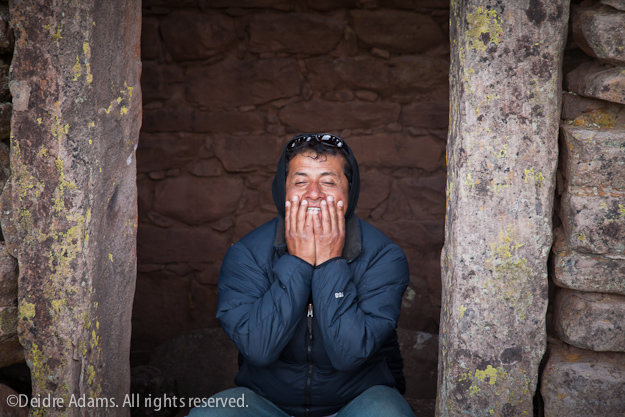 In the doorway of one ancient structure, César demonstrates the proper burial position for a deceased Inca VIP
In the doorway of one ancient structure, César demonstrates the proper burial position for a deceased Inca VIP
For detailed information on Taquile textile traditions and dress, I recommend this informative article from Berg Fashion Library. But I will just briefly mention the sandals worn by most of the residents, which are made from recycled rubber tires and are purchased off the island – usually in Puno. For those who are into recycling and sustainability, you’ll like this method of making a utilitarian gate hinge, which I saw in use more than once on the island:
Now for anyone who’s still with me at this point, I shall leave you with a couple of abstractions, just because that’s kinda’ my thing.

